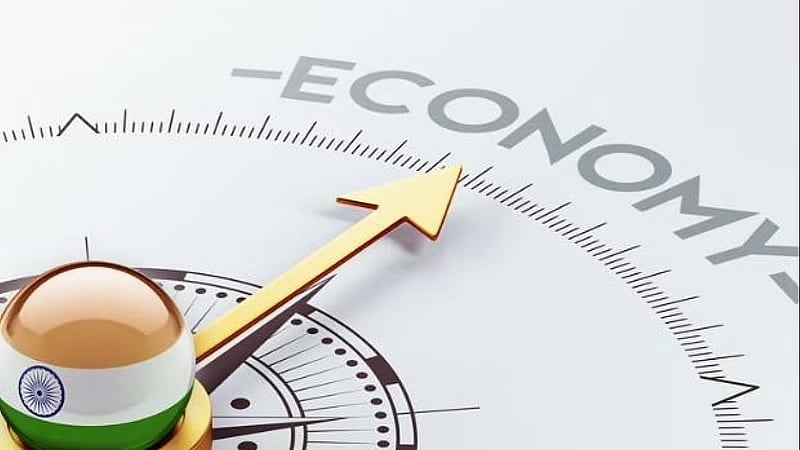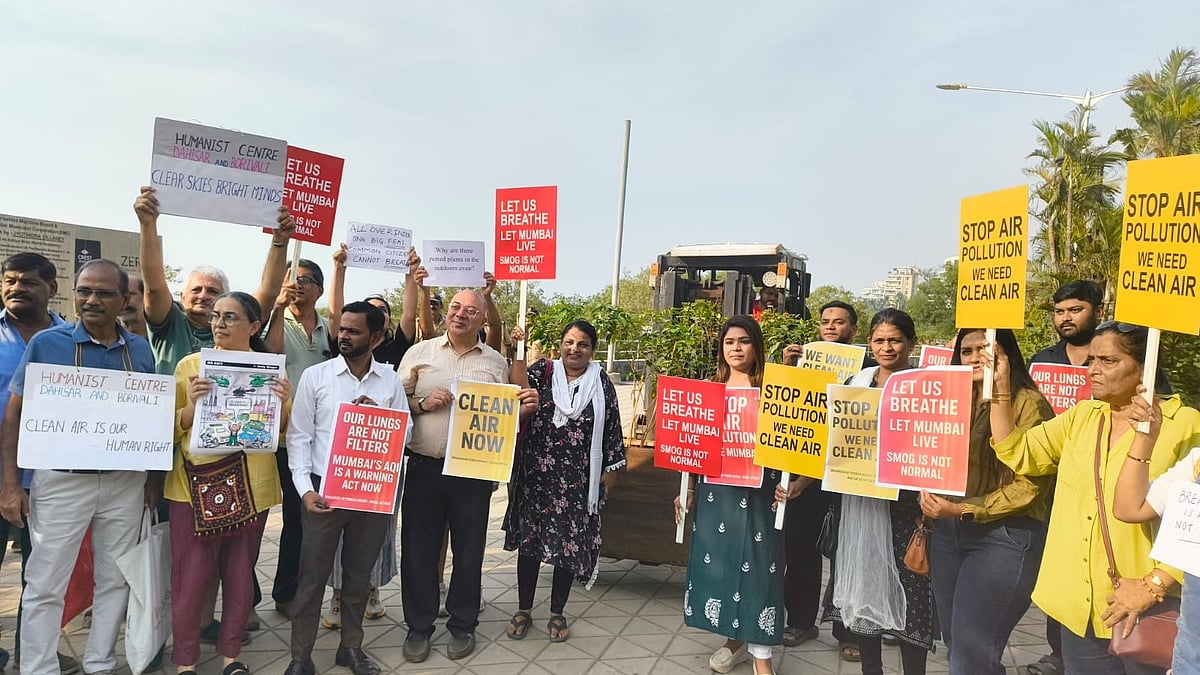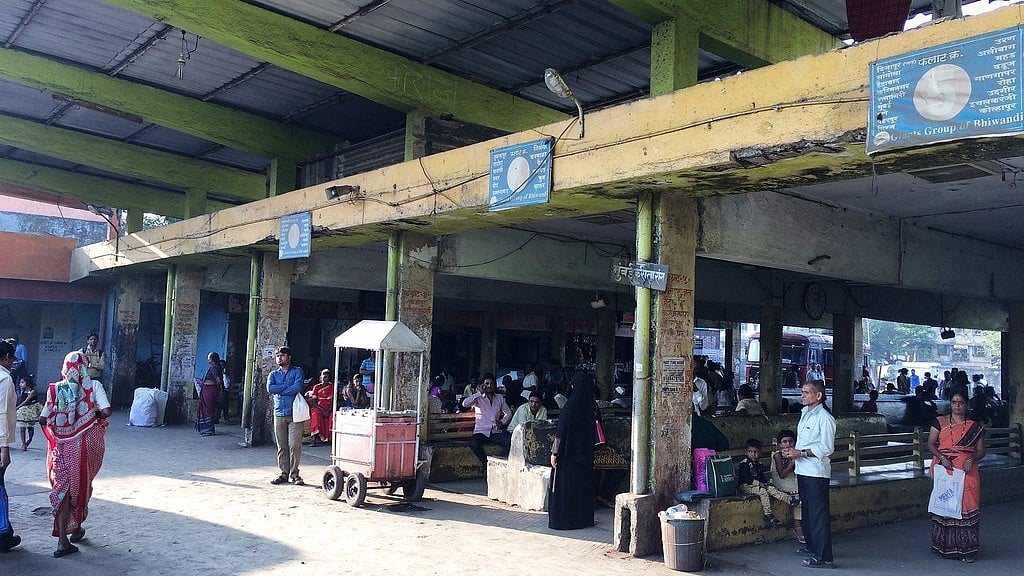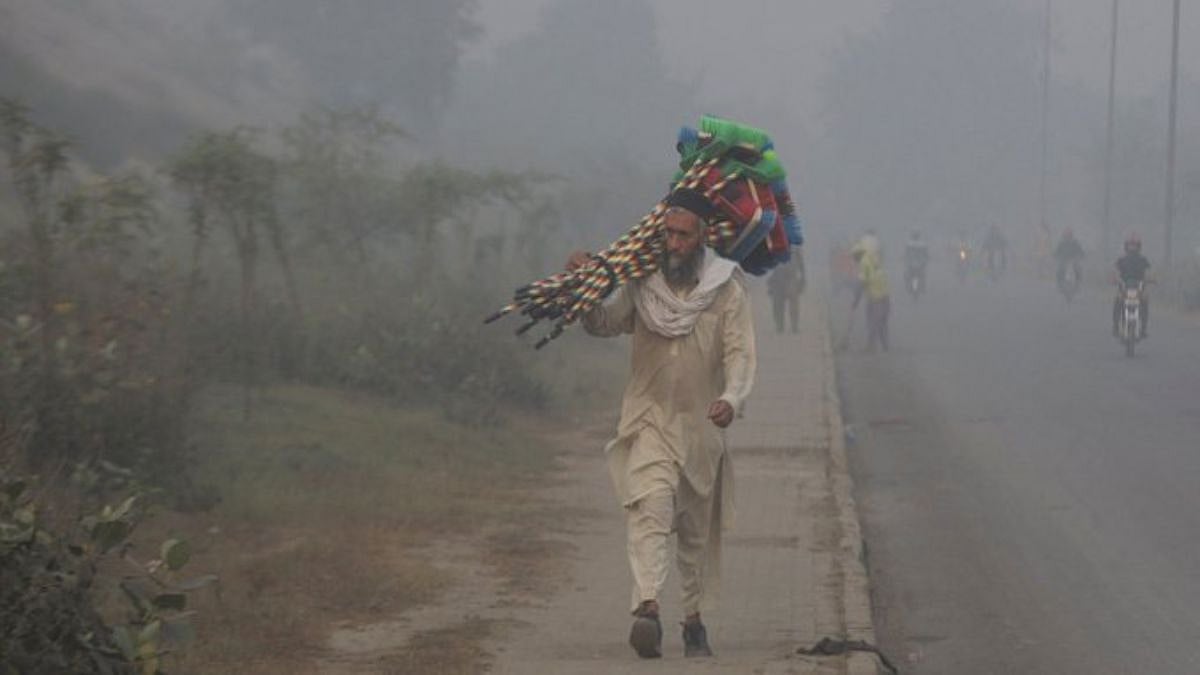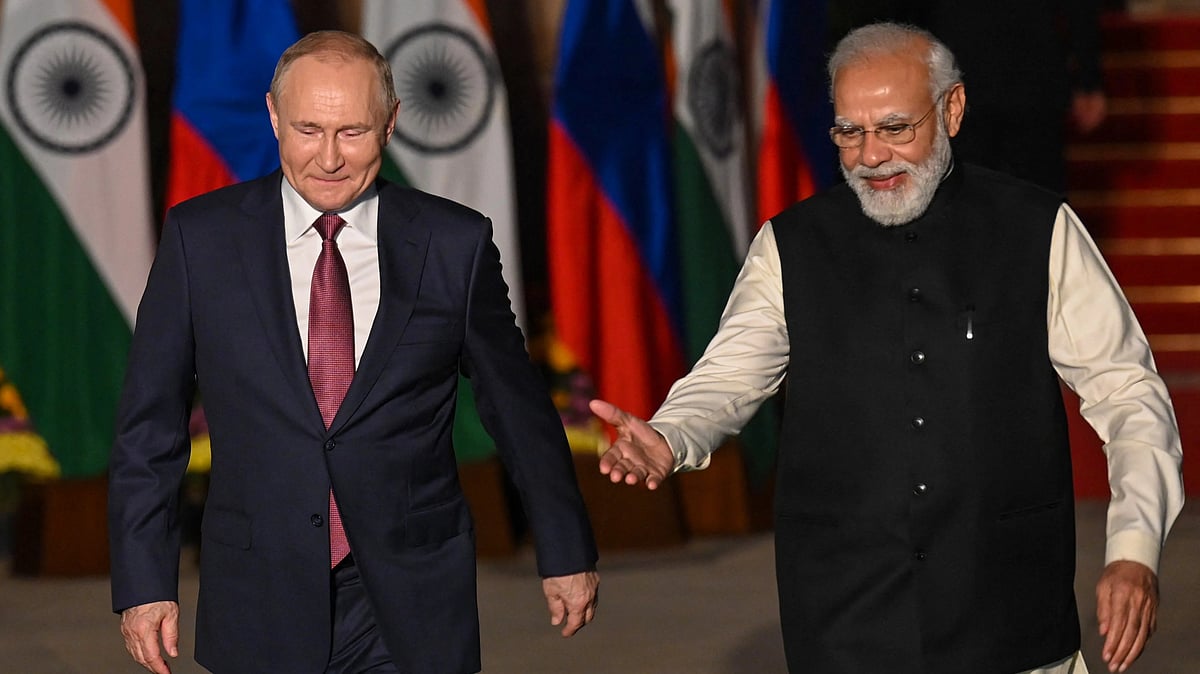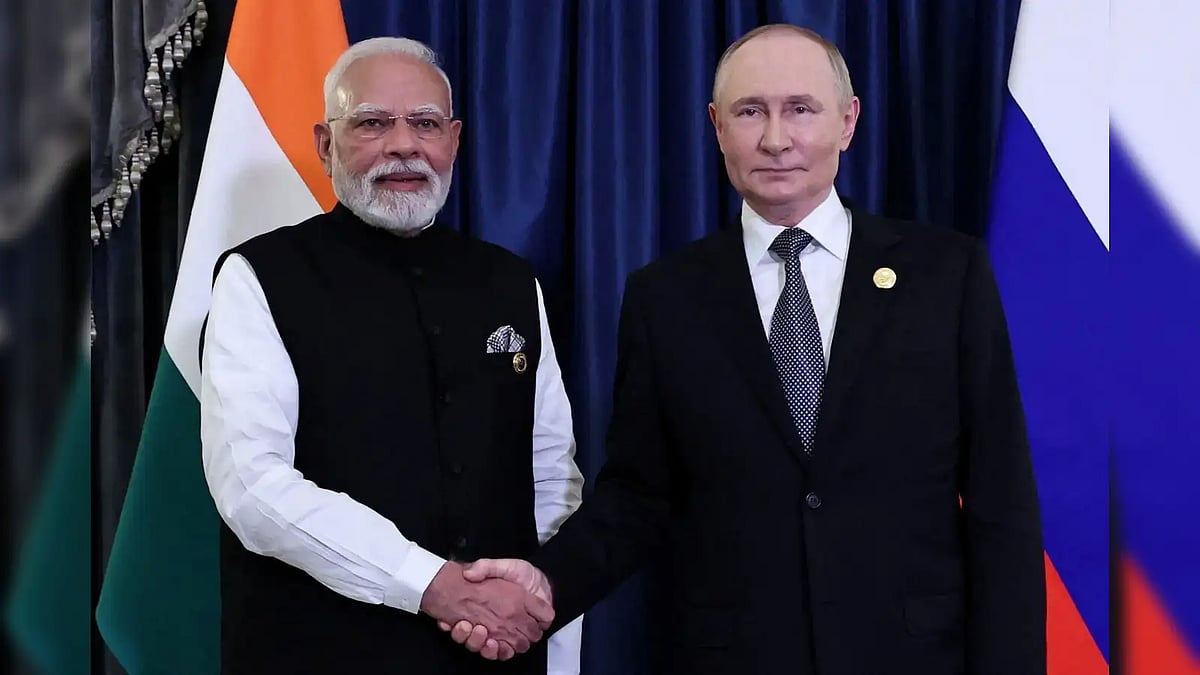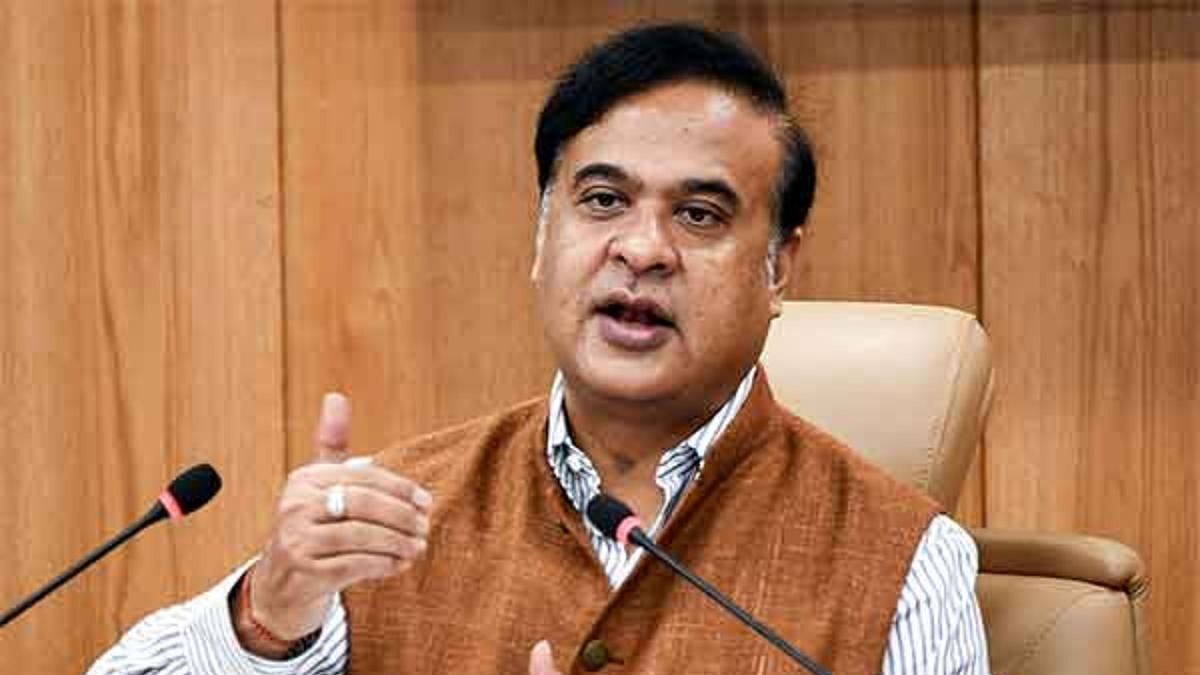The president of the World Bank has said recently that the global economy has already entered a recession that is likely to continue for many years. Another report said that banks in the United States had already suffered a 30 per cent decline in their profits as at June 2020. Today, the situation could be worse. A report by the global consultancy group Deloitte says that banks in Hong Kong are having to make large provisions to bear the expected losses due to the Covid pandemic and their profits are under pressure. Our banks have bucked this global decline and our major public sector and private banks are showing higher profits. At the same time, our share market is buoyant and has touched historical peaks.
This golden situation of the Indian banks comes with certain caveats. A report by IIFL Finance says that construction, small industries and civil aviation sectors are under pressure. A shopkeeper from Uttarakhand said that the business of schools and coaching centres had almost come to a standstill. Another said that borrowers were cutting down on personal expenditures and repaying bank loans for fear of penal actions.
Yet another said borrowers were unable to encash the post-dated cheques given to lenders at the time of taking the loans. A chartered accountant from Faridabad said that the businesses of his clients had declined by about 30 per cent. Small businesses that were paying Rs 1,000 to file GST returns earlier, were now paying only Rs 600 to Rs 700 for the same filing, he said. A number of global agencies have reckoned the decline in India’s GDP this year to be around 10 per cent.
Contrary indicators
Thus, we are confronted with two contrary indicators. On the one hand, global and ground reports say our economy and banking sector are under stress. On the other hand, our major banks are reaping profits and the Sensex is scaling historic highs.
The composition of lending by our banks can help us unravel this mystery. Our banks have lent 33 per cent of their total loans to large corporates; 33 per cent to retail borrowers; 13 per cent to international borrowers; 12 per cent to small industries; and 9 per cent to agriculture. Large corporations, international borrowers and agriculture have been buoyant during the pandemic, hence these are good lendings. We need to look closely at the lending to retail and the small industry sectors.
One major component of retail lending is vehicle loans. According to knowledgeable sources, 80 per cent of these have been given to public sector employees. The second major component is personal loans. Ninety-four per cent of these are again, given to public sector employees. The third major component is home loans. Fifty per cent of these are given to public sector employees and 20 per cent to employees of large corporations. The exposure of the banks to the “common man” or the non-public sector employees is relatively low. Public sector employees have continued to enjoy stable incomes during the pandemic; therefore, the retail lending portfolio of the banks does not show any distress.
Moratoriums on payments
Contrary to ground reports, lending to small industries too does not appear to be under stress. We should have expected small businesses in construction, tourism and coaching to default on their borrowings. There are three possible reasons for the normalcy in these sectors. One, the government had placed a moratorium on loan repayments from March to August this year. Borrowers have developed some cushion in this period and are repaying the loans from this backstop. Two, the Reserve Bank of India has asked banks to be liberal in rescheduling the repayment of the loans and hence, repayment has been pushed into the future. Three, the Government has guaranteed additional loans provided by banks to small businesses. Thus, small businesses may be borrowing under this scheme to keep themselves afloat. The repayment crisis of small borrowers has been pushed back and not appeared in the open because of these steps.
This discussion means that the Indian economy has been divided into two sections. One section is of the sectors that are doing well. These include large corporations, international borrowers, and agriculture and retail, which is driven by public sector employees. Further, the trouble that may be brewing in the small industry sector is also not visible at present because of the various steps taken by the Government and the RBI.
Temporary lull
This situation could remain stable for some time until the pain of the retail borrowing by the non-public sector employees, and small industries begins to appear. Today, public sector employees are about two crores in number. They may account for about eight crore people if their family members are counted. The remaining 127 crore of the 135 crore population do not have comfortable incomes and may not be able to repay the loans taken for a while. The relief granted to small industries by moratoriums, rescheduling and Government guarantees too is temporary. Their incomes are down but this distress has been pushed into the future. The Indian economy is like oil on water, making colourful patterns but the stench is hidden beneath.
Two possible scenarios can unfold from here on. As of now, the Indian economy is showing a rising Sensex and declining GDP. The total economy is shrinking, while the share of big corporations is rising. The 127 crore people are unlikely to come out unscathed from the this decline in the GDP brought on by the pandemic, given the distress in employment-intensive sectors like tourism, coaching, small industries and construction.
Nevertheless, this situation could hide a beneficent future if the Government is able to provide direct cash transfers to all the people to meet their basic needs. In that case, we will establish a golden economy, where there will not be a need for every person to “work”—as Karl Marx had dreamt. On the other hand, this same could hold dangerous portents if the common man is left to fend for himself while the Sensex roars and banks make money. The common man will get agitated and the anger will erupt in one form or the other.
The buoyant performance of the Indian banking sector—contrary to both the ground reports and the global movement—is like a person moving cleverly to the high end of a sinking ship, thinking they will save themselves. The challenge before the Government is either to persuade the 127 crore people to accept their distress without demur or to make direct cash transfers to enable them meet their basic needs.
The writer is a former professor of Economics, IIM Bengaluru.
